2016 Cadillac CTS-V Review: More Than Brute Force
2016 Cadillac CTS-V
It’s been almost two decades since BMW unleashed the E39 M5 on the motoring public, and the sport sedan segment has chased its ghost ever since. Not long after the BMW was crowned mythic perfection, Cadillac made a substantial shift in its development focus to court younger, more performance-minded buyers.
Since then, Cadillac has generously pilfered the Corvette program parts bin to move the brand away from the retirement home and onto America’s non-existent Autobahn. In the meantime, BMW’s M Division has set its playbook on fire and begun heaping content onto its performance models.
When the second generation CTS-V broke the production sedan lap record at the Nurburgring in 2008, it became clear that the conversation was really starting to change.
The subsequent eight years find us in the middle of the second golden age of motoring, as shown by the revelation that this new 640 horsepower super sedan is somehow not the most powerful American four-door you can now buy off the showroom floor.
Powertrain
That isn’t to say that it’s a terrible gearbox — it certainly isn’t — but in terms of driver engagement, it does leave something on the table.
The rest of the car does not though. Make no mistake, the CTS-V is an incredibly well sorted high performance machine that effectively showcases the engineering prowess that Cadillac now has at its disposal.
The Caddy’s 6.2-liter is yanked from the C7 Corvette Z06, here tuned to the aforementioned 640 horsepower and 630 pounds-feet of torque. While it doesn’t have the same level of absurdity as the supercharged mill in the Dodge Charger Hellcat — particularly in the realm of low-end torque — it’s still a legitimate missile, capable of getting the CTS to 60 mph from a standstill in 3.7 seconds. The Mopar gets the job done with brute force and bravado, but the CTS-V is far more composed and dignified about its prodigious thrust.
While the Germans have embraced turbocharging wholeheartedly, the CTS-V’s supercharged mill provides linear power delivery that turbos strive to replicate but rarely can. It comes at a cost though: the CTS-V that I took around Big Willow last year dialed back power during my first hot lap due to dangerously high engine temperatures. To be fair, the car was tracked with only short breaks between three-lap stints, but I was nowhere near running at 10/10ths even when the car was cooperating with me. I doubt anyone else I shared the car with that day was either. Achilles, how’s your heel?
Drive
While it’s certainly no featherweight, it’s worth noting that the Cadillac is still several hundred pounds lighter than both the current M5 and the Mercedes-AMG E63 S, while also boasting more output than both. It also stops shocking well due to the beefy Brembo brake system, which can bring the car to a halt from 60 miles per hour in a mere 99 feet.
This, along with a staggered set of Michelin Pilot Super Sport summer tires and added structural reinforcement that makes the CTS-V 20-percent stiffer than the standard car, equates to an incredible performer considering its size.
Infotainment
Truth be told, the pitfalls of CUE are largely avoidable both by physical buttons on the steering wheel and using the touch screen, though the frustrations will quickly return when you need to adjust anything HVAC related.
The CTS-V’s 12.3-inch configurable gauge cluster looks sharp and is easy to read, while the 8-inch touchscreen on the center stack is reasonably responsive, though not quite snappy. Either way, Cadillac gets bonus points for including navigation functionality and the Bose surround sound system as standard on the CTS-V.
Exterior
It’s a fine line to walk, but the V treatment suits the CTS well, as the vented carbon fiber hood, reworked air intakes and subtle rear diffuser serve both form and function without looking tacky or overwrought.
That said, the hood bulge, low hanging front fascia, quad exhaust tips, and big forged wheels make it clear that this is not your granddaddy’s DTS. While it may fly under the radar of the average motorist, interested parties will be able to tell what this is upon first glance.
Interior
Like the ATS-V, the CTS-V doesn’t stray far from the aesthetic of the standard model, though the optional Recaro buckets do bring with them a sense of occasion while maintaining grand touring levels of comfort.
In general, while the CTS-V remains a step or two behind the offerings from Mercedes-AMG and Audi in terms of overall interior swankiness, it’s also nothing to apologize for at this point. Considering that the CTS-V undercuts the price tag of everything else in its class by at least ten grand, some concessions in interior quality are forgivable.
Bottom Line
At this point, the target is no longer on BMW’s back. When it comes to luxury performance — at least where the latter is of greater importance — Cadillac is now the one to beat.
General Motors provided the car, insurance, and tank of fuel for this review.
[Images: © 2016 Bradley Iger/The Truth About Cars]
More by Bradley Iger
Latest Car Reviews
Read moreLatest Product Reviews
Read moreRecent Comments
- Zerofoo No, I won't miss this Chevrolet Malibu. It's a completely forgettable car. Who in their right mind would choose this over a V8 powered charger at the rental counter? Even the V6 charger is a far better drive.
- Offbeat Oddity Nope, I won't miss it. I loved the 2008-2012 Malibu, but the subsequent generations couldn't hold a candle to it. I think the Impala was much more compelling at the end.
- Zerofoo An almost 5000 pound hot hatch that fell out of the ugly tree and hit every branch on the way down? No thanks.
- Tassos Jong-iL This would still be a very nice car in North Korea.
- Jeff One less option will be available for an affordable midsize sedan. Not much can be done about GM discontinuing the Malibu. GM, Ford, and Stellantis have been discontinuing cars for the most part to focus on pickups, crossovers, and suvs. Many buyers that don't want trucks or truck like vehicles have moved onto Japanese and South Korean brands. Meanwhile large pickups and suvs continue to pile up on dealer lots with some dealers still adding market adjustments to the stickers. Even Toyota dealers have growing inventories of Tundras and Tacomas.



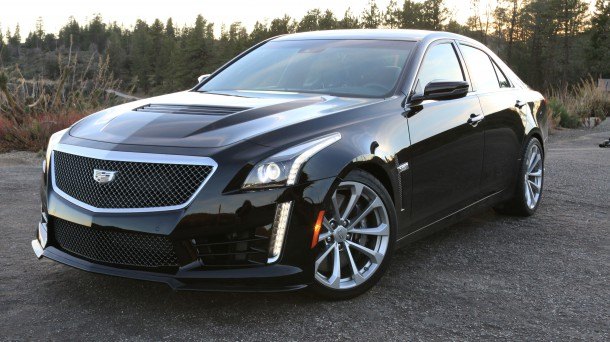





















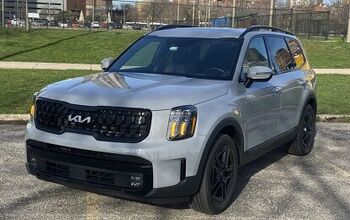

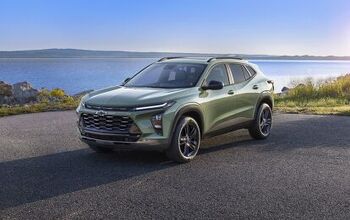
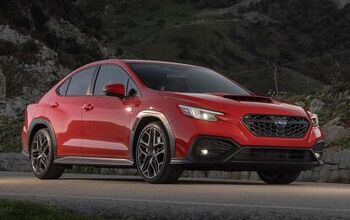
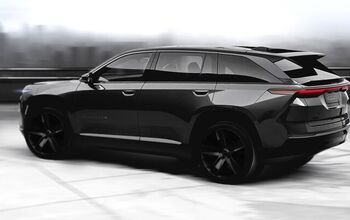
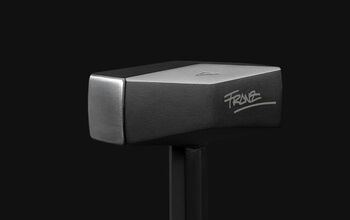
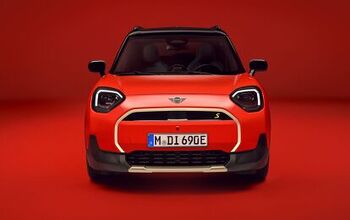
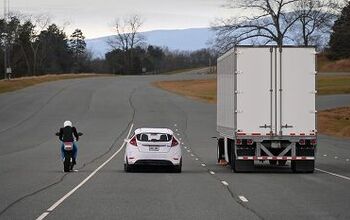
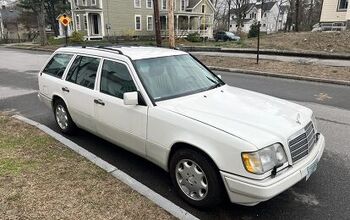
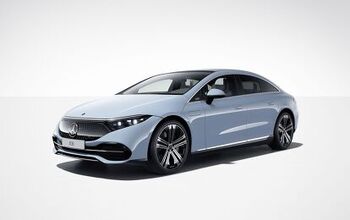



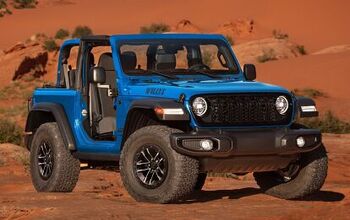
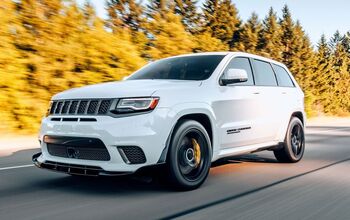
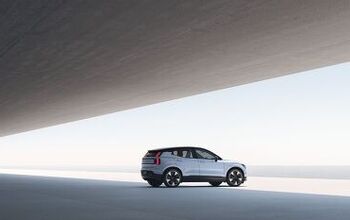
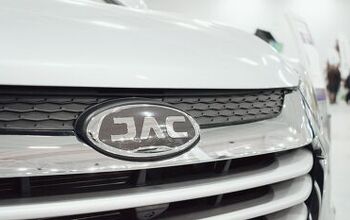

Comments
Join the conversation
Yes,apparently the difference between 4145 and 4285 is several hundred.
Hmmm... GM spins the hell out of that little 1.8L TVS supercharger, its great for giving the car a big swell of torque down low but I imagine its contributing a lot of heat when the car is being tracked as I'd guess its spending time on the compressor map where efficiency drops off and the air is just being uselessly heated. I don't remember the C6 ZR1 having this sort of trouble with its larger 2.3L supercharger and it made more power. Its puzzled me why GM went with the 1.8L supercharger and spins it so fast. As I alluded earlier I think its to punch up the bottom end. In combination with a fairly high compression for a forced induction car it makes some terrific numbers relatively low in the RPM range and allow the supercharger to keep up with the engine. IIRC these engines at around 2000 rpm are already making over 500 pound feet of torque (by comparison my car with its larger 2.9L supercharger a bit past 2000 rpm is making 500 pound feet and its slightly over driven as well). The trade off seems to be problems with heat management over time on the track which probably only accounts for a small percentage of Z06 and CTS-V buyers that track the car as opposed to drag racing the car or short squirts on the highway. Still always bad press when an auto journalist rings the car out.